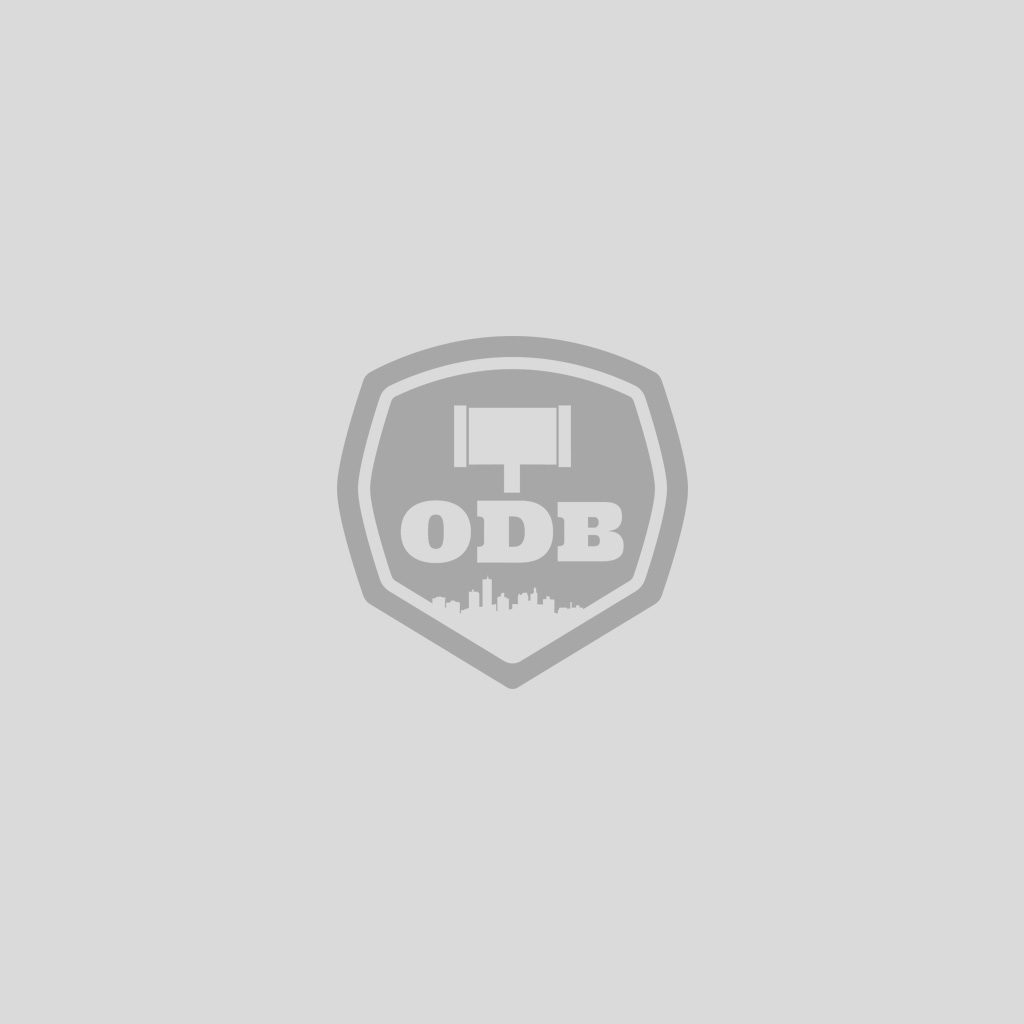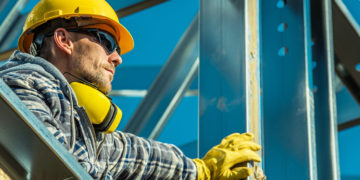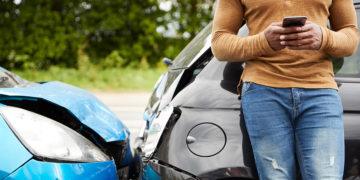How can parents tell if children’s products are safe?

When parents buy products for their children, they want those products to provide fun and possibly other benefits like exercise and education. Above all else, of course, they want the products to be safe.
How can parents tell if children’s products are safe?
One way is by checking for a Children’s Product Certificate. These certificates affirm that the products that have them comply with all applicable safety rules for children’s products. The certificates are based on extensive and independent third party laboratory testing that ensures the products are safe for children to use.
Do certificates attest to compliance with multiple safety issues?
Each certificate should specify whether it attests to compliance with one safety issue or multiple safety issues. In many cases, it may be the latter. For example, a certificate may affirm that the children’s product complies with the ban on phthalates, limits on lead content overall, and limits on lead content in the paint on the product in particular.
Who issues Children’s Product Certificates?
That depends on whether the product was manufactured domestically or imported. On one hand, if the product was manufactured domestically, the certificate should be issued by the U.S. manufacturer. On the other hand, if the product was imported, the certificate should be issued by the importer.
Who should the certificates be provided to?
Both manufacturers and importers must supply the certificates for their products to their distributors and retailers. They can do this by sending hard copies or by having it available on an invoice on a dedicated website.
Parents need to know the details of these certificates and so do manufacturers, importers, distributors, and retailers. That way everyone involved can have a certainty that safety standards are being met.
Source: Consumer Product Safety Commission, “FAQs – Certification and Third Party Testing,” accessed May 13, 2016



